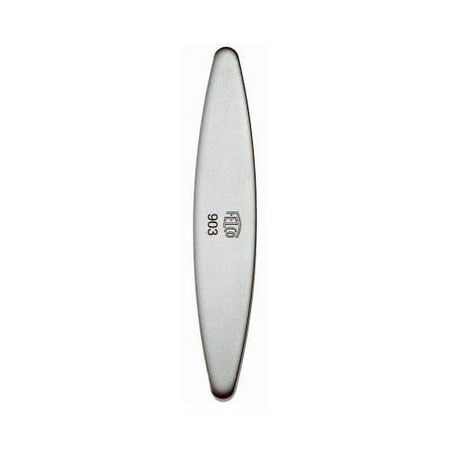Shrubs to never hard prune – don’t risk the health of these 5 popular plants by cutting too much this year
Sometimes little is more when pruning, and these shrubs prefer a light touch

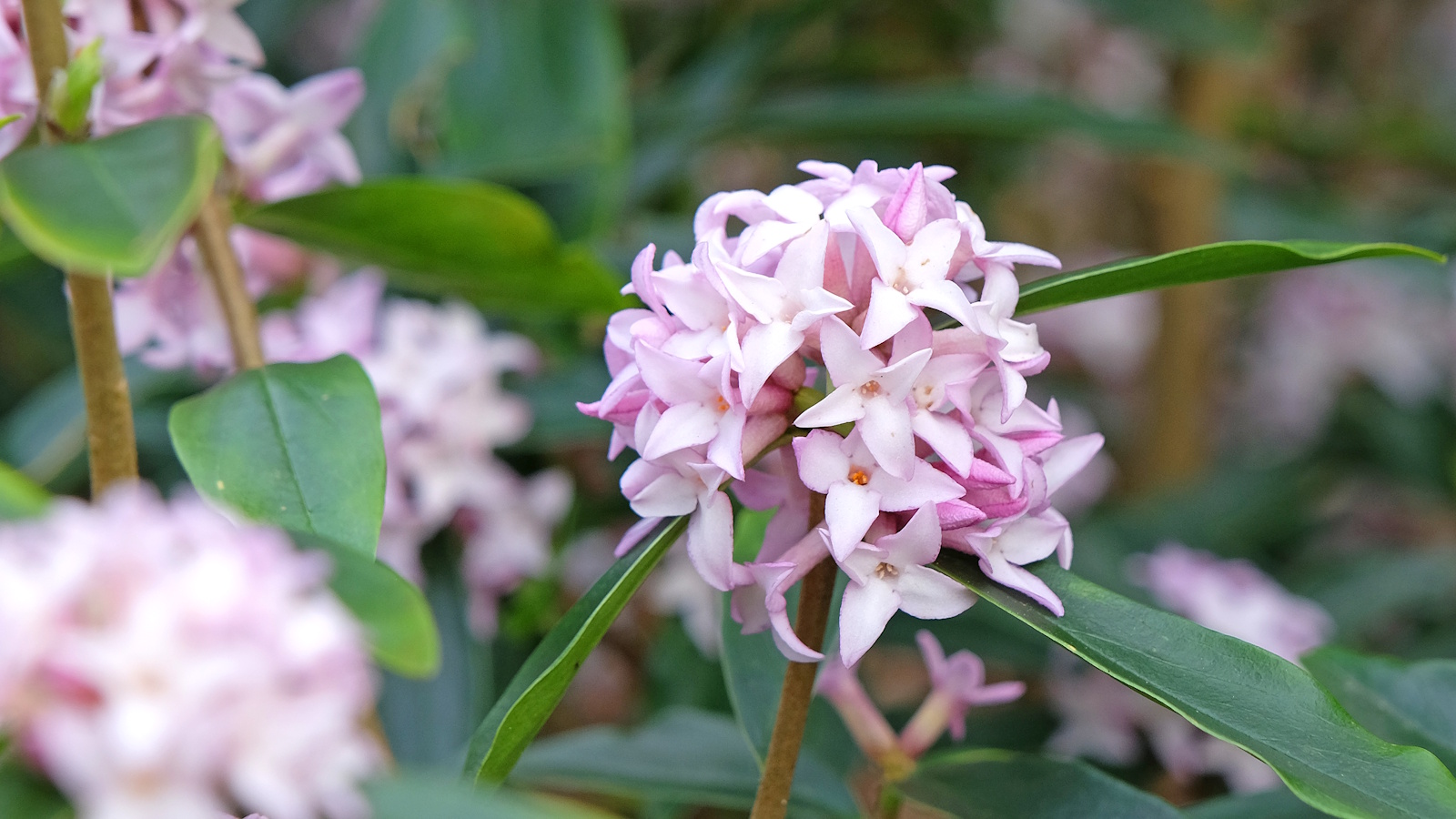
Pruning is essential to garden maintenance, and knowing the right approach will ensure that your prized plants remain healthy and look their best. Certain species, including many Mediterranean herbs, prefer a light touch when it comes to trimming and are considered shrubs to never hard prune. Chopping too much at the wrong time of year will leave your plants vulnerable and can often result in dieback.
Shrub pruning was an important task during my years working as a professional gardener in private and public gardens in the UK and Italy. Whether maintaining topiary, herb gardens or hedging, pruning at the correct time and in the correct way was essential.
Here, one garden expert shares advice on which popular plants to never hard prune, while also outlining how and when to prune shrubs correctly. With a small amount of planning, you can ensure that your shrubs flourish for years to come and also keep pests and problems at bay.
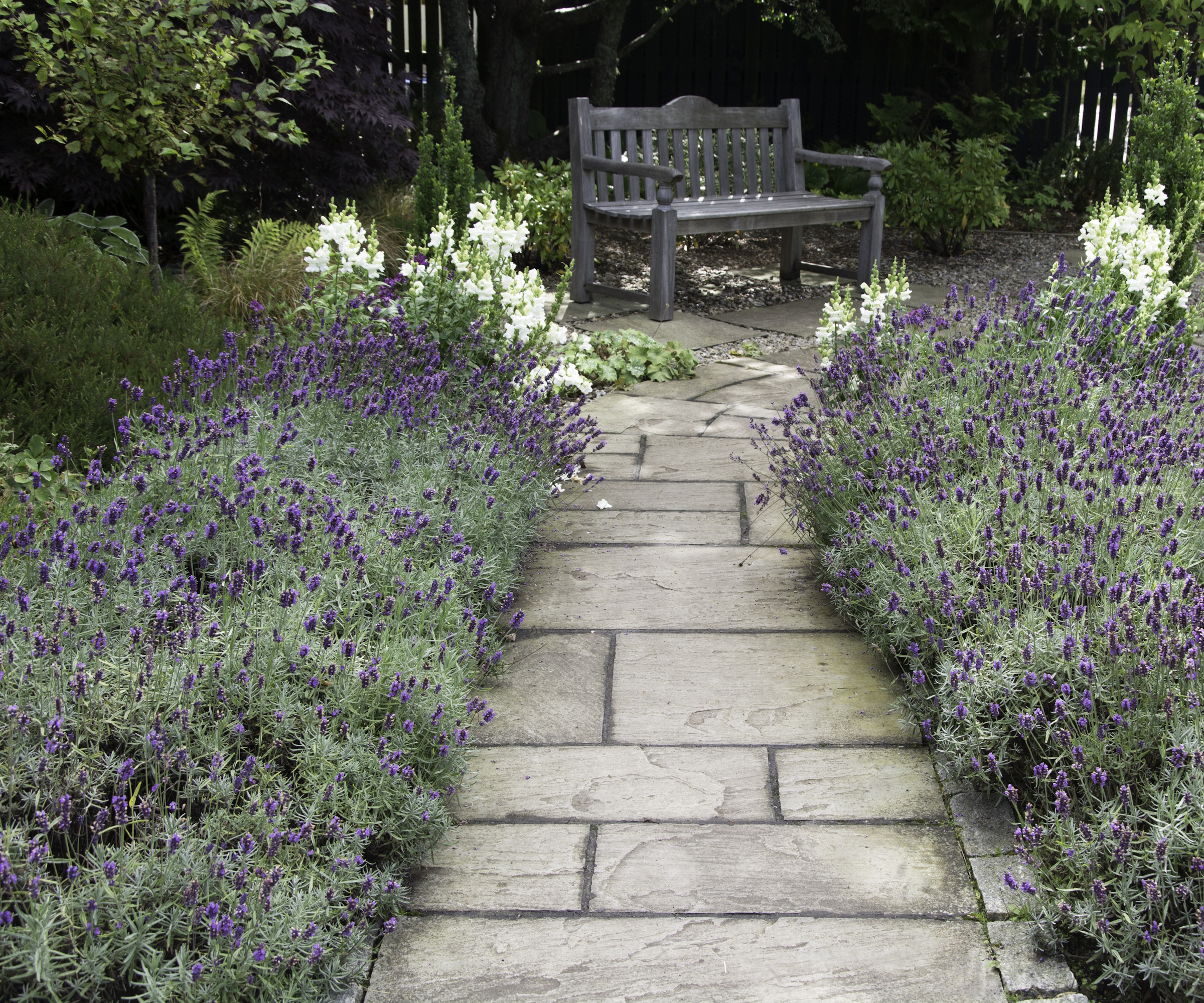
5 shrubs to never hard prune
One of the most common pruning mistakes is carefree trimming and chopping back too much. Many shrubs will die if you remove all of the green growth and cut into woody stems, so while you might be eager to get tidying in the yard, taking the time to plan your pruning is important. Here are five shrubs to never hard prune that respond far better to a light touch.
1. Daphne
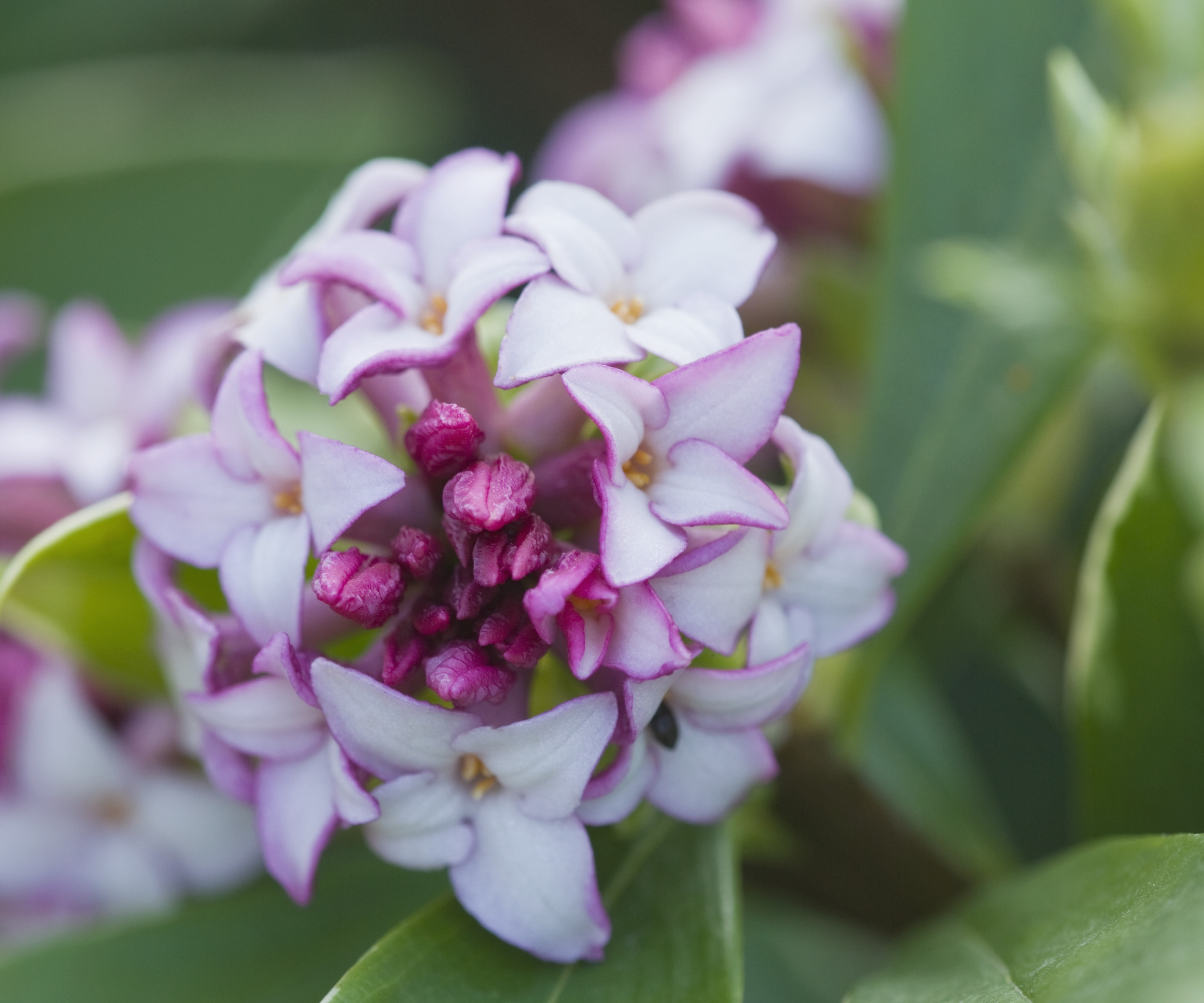
'Daphne is a slow-growing shrub, typically gaining around two to six inches in height per year,' says Mike Murphy, garden expert and owner at You Had Me At Gardening. 'Pruning can often result in dieback, and so the best course of action is to not trim daphnes at all, leaving them to grow slowly in a natural shape.'
If you do want to trim, remember that daphnes are considered plants to prune in spring, and snipping immediately after the shrub has finished flowering in March or April is best.
'First, asses your shrub and remove any dead or damaged stems,' Mike says. 'These will be easy to see as they will have no leaves and the bark will have a different coloration when compared to healthy stems. Then, simply prune a small amount of growth, often no more than an inch.'
Design expertise in your inbox – from inspiring decorating ideas and beautiful celebrity homes to practical gardening advice and shopping round-ups.
Daphne are poisonous plants, and its toxic sap can cause skin irritation. For this reason, it is a good idea to wear long gardening gloves, available from Amazon, which will keep your arms and hands safe when pruning.

Mike grew up gardening with his parents and grandparents. He enjoys his backyard orchard of dwarf fruit trees, raspberry and blackberry patches, and raised garden boxes. In addition to his perennials, Mike enjoys sprouting new fruit and vegetable seeds every spring.
2. Lavender
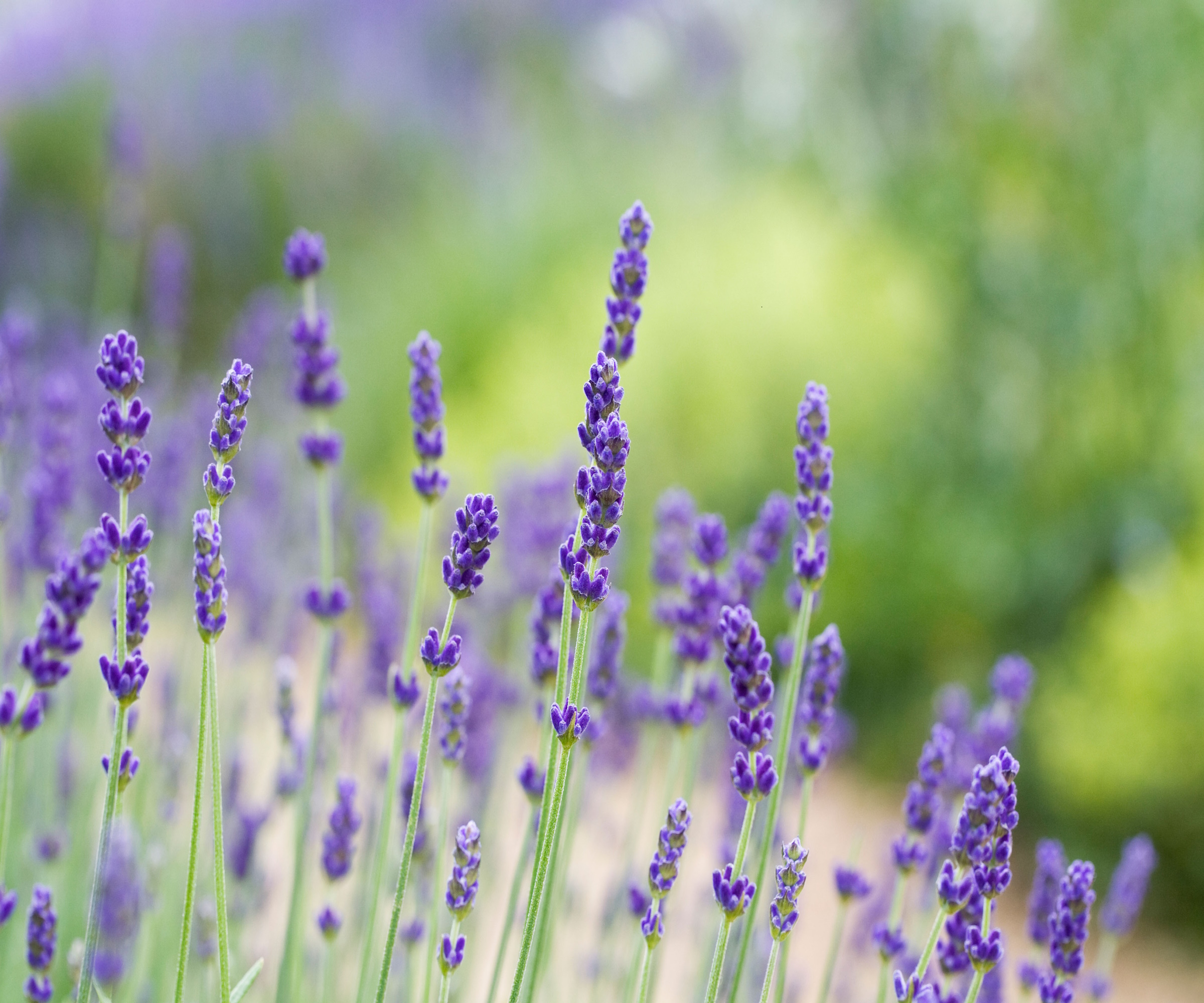
Lavender plants do not respond well to a hard prune. As a general rule, when considering how to prune lavender, it is best to cut back one-third of growth on a regular, annual basis, only cutting into green growth and never into old wood.
This little and often approach will prevent your aromatic herbs from turning into woody lavender plants. Lavender pruning is generally done in the summertime after the plants have flowered. While this will vary depending on where you live and your US hardiness zone, this is typically done in August or early September.
To revive woody shrubs, you might have to risk a hard prune in spring, but doing so is a gamble. In this instance, I would suggest taking cuttings as an insurance policy, as the chance of your old lavender plant responding poorly or even dying after a hard prune is high.
3. Rosemary
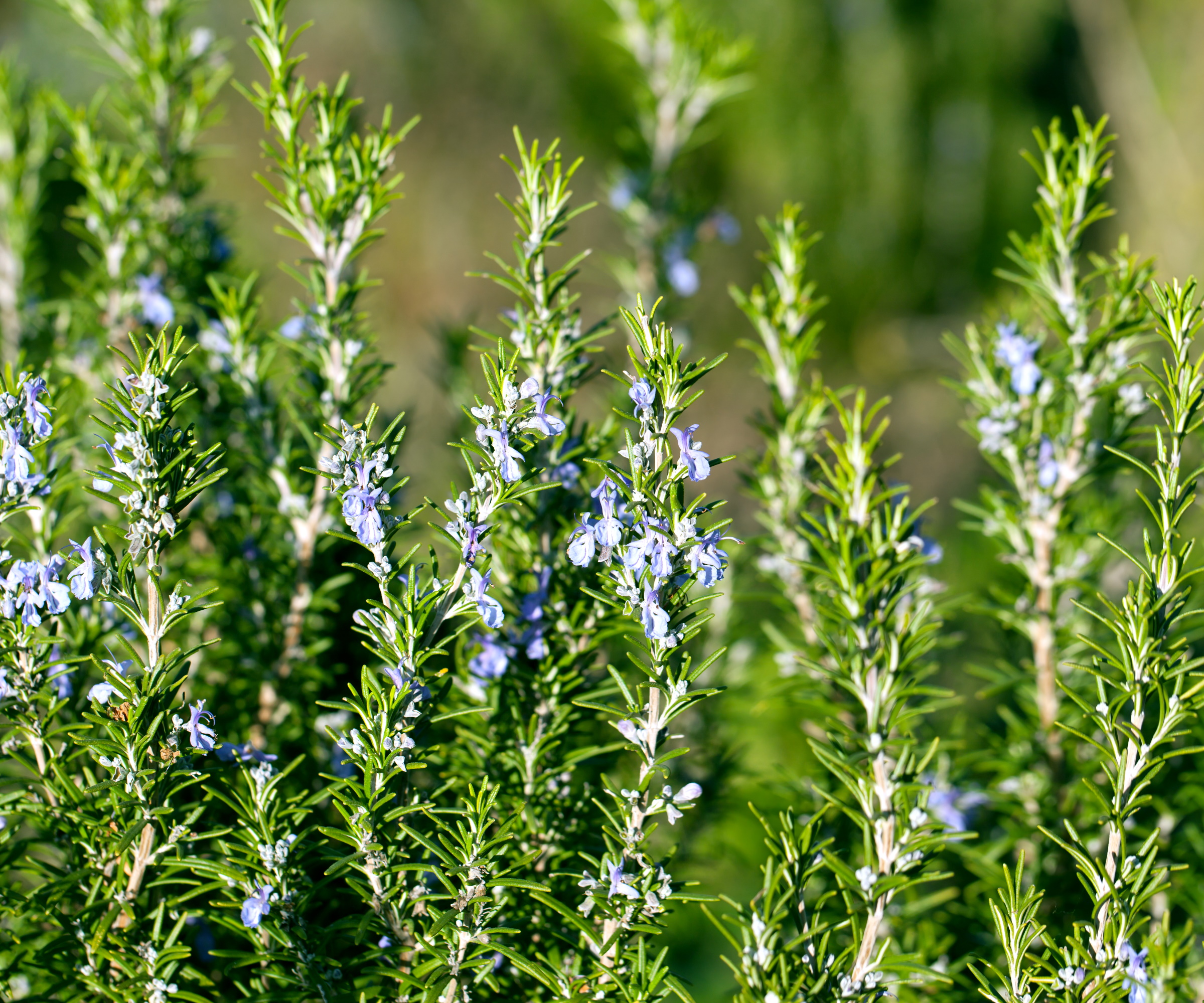
Rosemary is best pruned after flowering in late spring or early summer. It requires a similar approach to lavender, in that the one-third pruning rule should be followed and you should avoid cutting into old wood. Hard pruning too much and cutting into old wood will stress the herb and can often result in dieback.
In terms of how to prune rosemary, adding this job to your summer or late spring gardening checklist is a good idea. Just remember to chop a small amount each year, which will prevent your plants from becoming too straggly.
When pruning herbs, I often find that small-handled shears can help speed the job up while also allowing you to create a natural shape. Try these Fiskars extendable pruners, available from Amazon, to get the job done.
4. Cistus
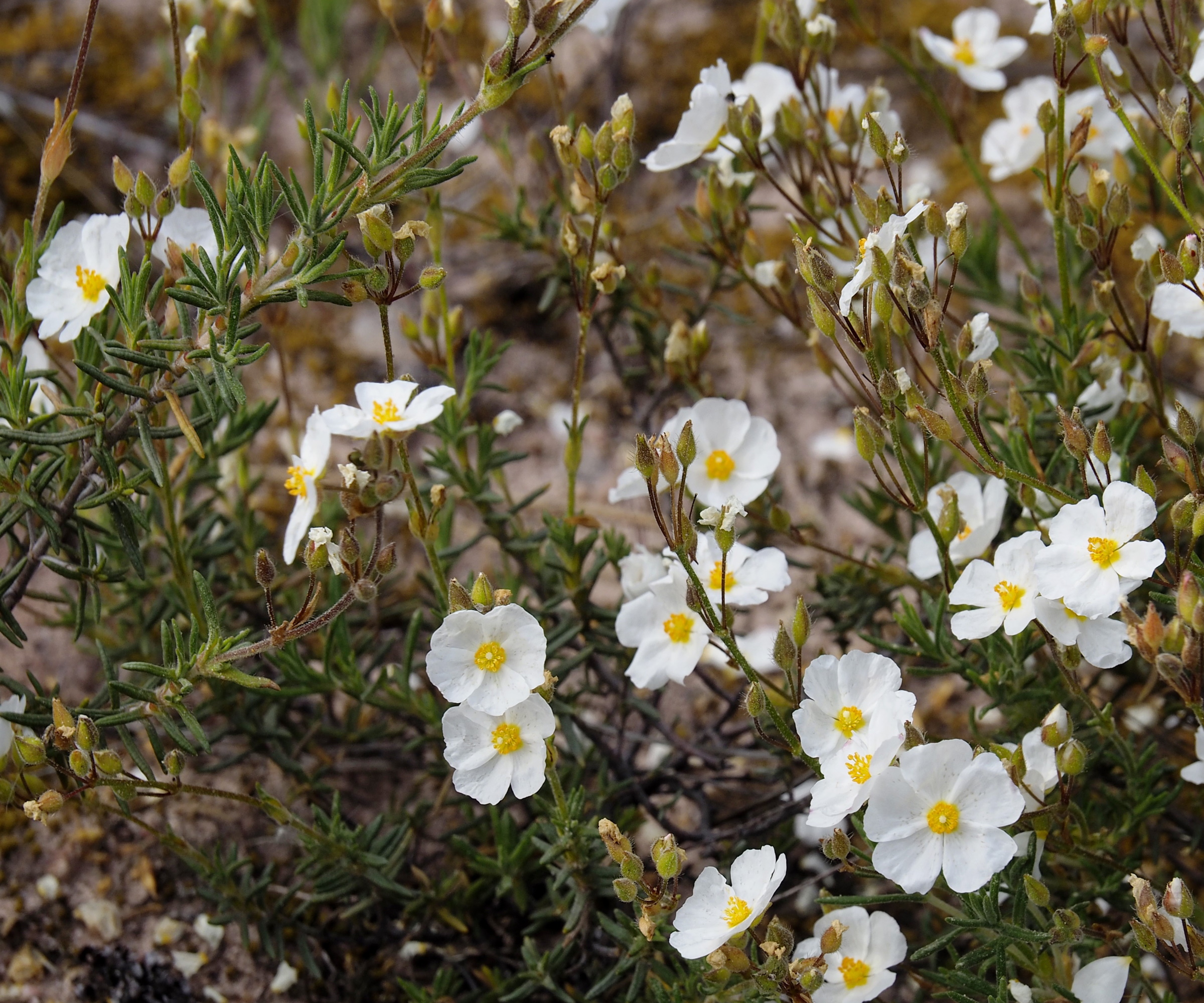
Rock roses, or Cistus spp., are perfect plants if you are keen on Mediterranean patio ideas. These sun-loving shrubs have attractive blooms and silver-green foliage, ideal for warm regions including US hardiness zone 9.
Cistus are shrubs to never hard prune. While young plants can be lightly trimmed in spring to encourage bushy and compact growth, mature and established specimens do not respond well to heavy pruning. So, pruning should be limited to the removal of any dead or damaged stems.
Additionally, deadheading in summer will prevent your mature shrubs from expending energy on seed production, which can help to encourage bushy growth. When deadheading, it is best to have a strong garden waste sack, like this 48-gallon model available from QVC, to hand. Once you have finished deadheading your summer flowering shrubs, you can deposit the spent blooms on your compost heap.
5. Witch hazel
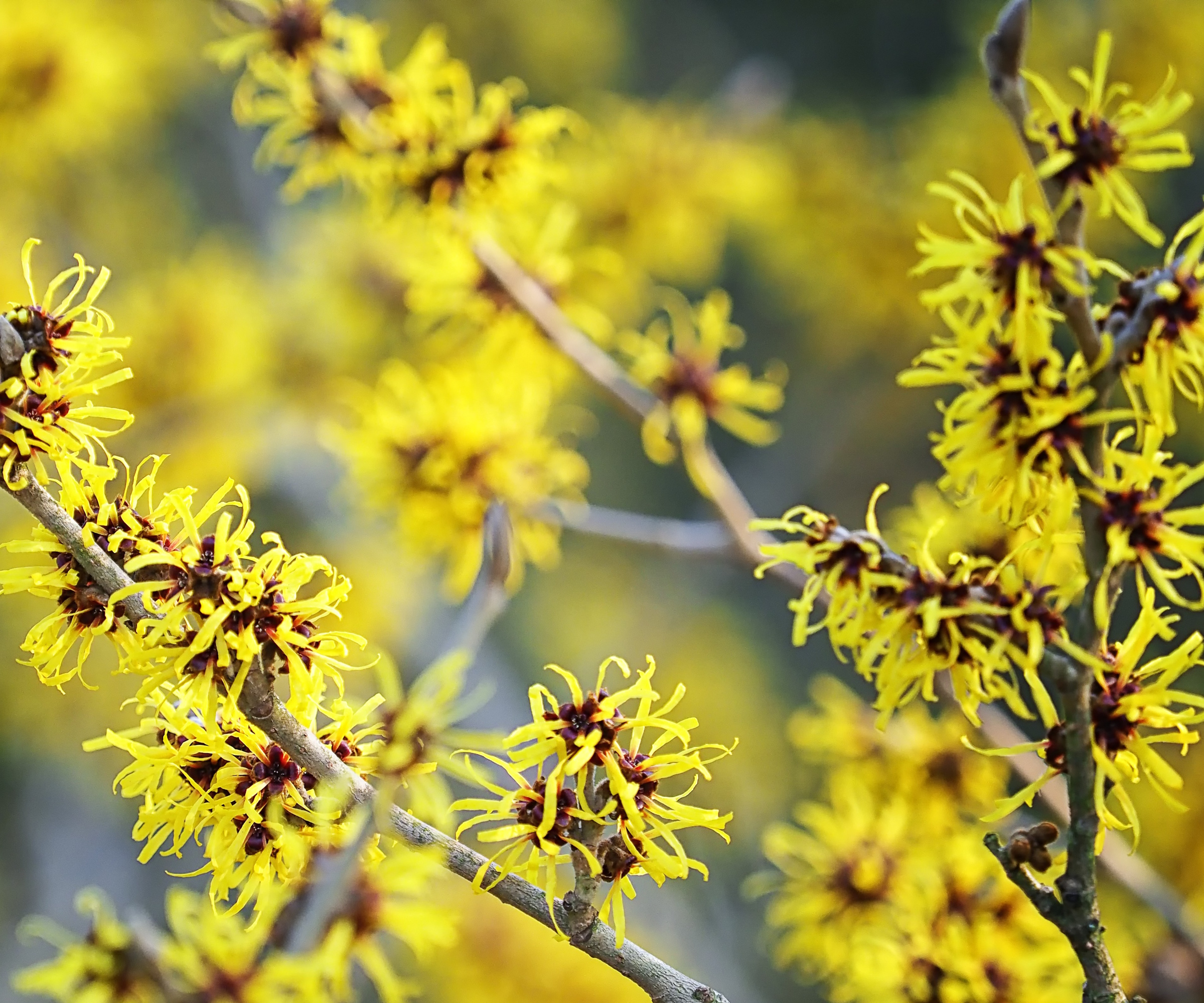
Witch hazel is another plant that will die if weakened by hard pruning. Witch hazels tend to be grown as small trees or shrubs and are slow-growing, more so when planted in shade.
Therefore, it is better to simply remove dead or damaged branches as and when required, using something like this Fiskars pruning saw, available from Amazon. Cut back to a healthy joint, avoiding making any pruning saw mistakes, such as jagged cuts that can invite pests and diseases.
Other than this, I would recommend allowing your witch hazel to grow naturally and develop an attractive, multistemmed branch structure. If you do need to prune witch hazel, such as remove a crossing branch or one that is growing inwards, do so after flowering in spring.
FAQs
Can I hard prune evergreen bushes?
Always take care when learning how to trim evergreen bushes, as many are sensitive to hard pruning. Some species, such as yew, can respond well to hard pruning, whereas many conifers do not like being cut back and can suffer from dieback. It is best to research the species to ascertain the best pruning approach before you start trimming.
Remember to always disinfect and clean garden tools after each pruning job, to prevent spreading diseases from shrub to shrub. You can do this using warm, soapy water, after which you can quickly sharpen the blades to ensure an effective cut.
It is not just these five shrubs that do not respond well to hard pruning - many trees, including the native redbud, do not do well if severely cut back. For more information, see our guide on how to prune a redbud tree.

Thomas is a Content Editor within the Gardens Team at Homes and Gardens. He has worked as a professional gardener for both public spaces and private estates, specializing in productive gardening, growing food and flowers. Trained in Horticulture at the Garden Museum, he has written on gardening and garden history for various publications, including The English Garden, Gardens Illustrated, Hortus, The London Gardener and Bloom. He has co-authored a Lonely Planet travel book, The Tree Atlas, due out in 2024.

